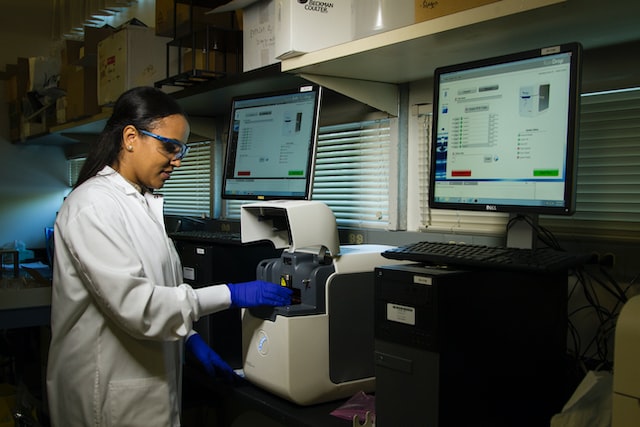Due to the shortage of freshwater around the globe scientists and engineers are interested in exploiting fresh water in icebergs by towing them to where the ice can be melted and converted to drinking water.
The world’s total water supply includes 97% seawater and 3% fresh water. Three-fourths of the fresh water is held in the form of ice about 90% of which is in the Antarctic. If potential iceberg resources were exploited the transportation and melting of icebergs to produce water would be a $15 billion per year business. The water itself would be worth from $30-$50 billion as it would provide savings over desalination or long distance canals.
The big technological challenge is the terminal conversion of icebergs into fresh water. This may prove to be the most expensive part of the process. When idea is to melt ice using low-grade waste heat from electrical power generation. It is estimated that waste heat from 10,000 MW power plant could melt about 1,000,000 acre-feet of water equivalent ice in one year.
Abundant Fresh Water Icebergs
In the North Atlantic there are about 100 “Iceberg Producing Glaciers” with about 40,000 medium to large sized icebergs breaking off annually though numbers can differ greatly from year-to-year. Some icebergs are up to 15,000 years old. Glaciers result from the accumulation of snow over thousands of years and glacier flows push icebergs into the ocean. Icebergs are pure fresh water although they have a covering of salt on their surface. Finally it is normal practice to toe icebergs out of shipping lanes.
Calculating Melt Rate & 3D Simulations
Some of the variables involved in transporting ice are:
- drag (newtons)
- density of seawater (kg/m3)
- maximum frontal area for determining form drag (m2)
- wetted surface area for determining skin friction drag (m2)
- form drag coefficient
- skin friction drag coefficient
Companies are using 3-D modeling for a variety of purposes; one of the more interesting projects is the modeling icebergs as candidates for water resource projects. 3-D programs digitize icebergs, allow for computer aided inspection, scenario simulation and reverse engineering.
The first challenge is to figure out how the iceberg will melt in transit to its destination. Software simulates the interactions between the iceberg, a protective skirt and the natural environment. The modeling system runs a series of experiments in attempt to reproduce all of the actual conditions the iceberg will experience in the ocean. Parameters such as air temperature, speed, see currents, wins and the height and wavelength of waves.
This is known as a hydraulic simulation which results in mapping of heat exchanges between the ice and the environment. Mapping is also used for thermal melting of the iceberg.
Sophisticated 3-D software can simulate the actual melting of the iceberg over time. The portion of the iceberg above water is pure white ice and is highly reflective and so melt rates on that portion are generally limited. The most significant erosion occurs at the waterline where scientists have simulated the use of the 12 m high floating belt that they believe will limit erosion.
Additionally the software helps determine the angles and the side zones where melting is likely to be most rapid.
Coming Articles on Water Scarcity
We have been covering the world’s water shortage and various avenues engineers and scientists are taking to solve the problem. Some of the articles below touch on this: converting deserts to oases, desalination projects, building lush habitats in desert areas, improving water channeling efficiency, and more. Stay tuned!
Related IndustryTap Articles:






